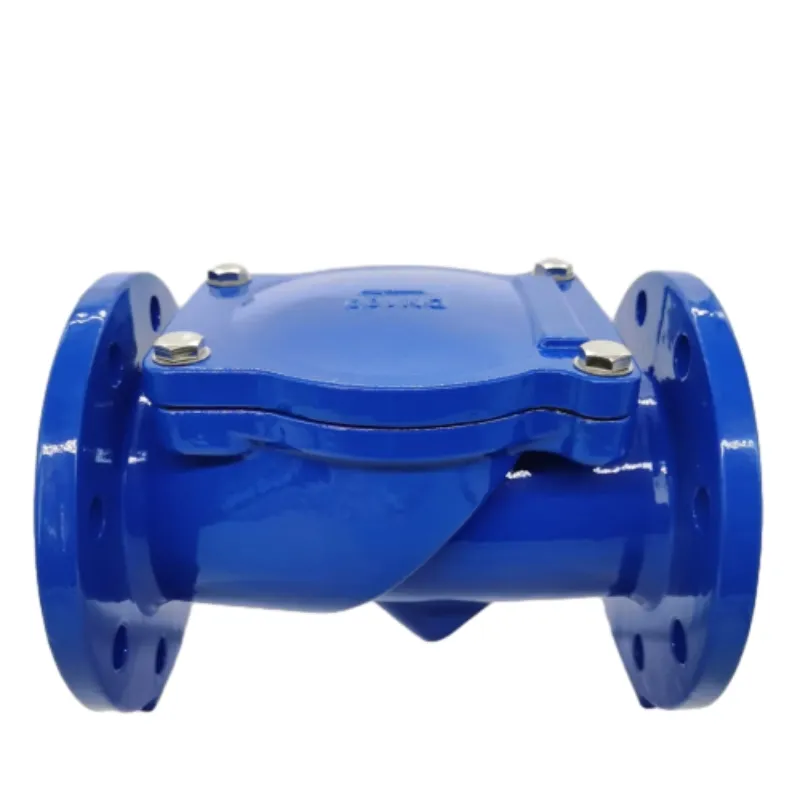نوفمبر . 30, 2024 07:56 Back to list
water valve types
Understanding Water Valve Types A Comprehensive Guide
Water valves are essential components in various plumbing systems, industrial applications, and irrigation setups. They control the flow and pressure of water, ensuring efficient operation and preventing leaks or floods. With several types of water valves available, understanding their functions, designs, and applications can help you choose the right valve for your needs. This article explores the primary types of water valves, their characteristics, and where they are typically used.
1. Gate Valves
Gate valves are primarily used to start or stop the flow of water. They are designed to operate with a rising or non-rising stem and feature a gate that moves up and down to either open or close the flow path. When fully open, gate valves offer minimal resistance, making them ideal for applications where a straight-line flow of fluid is desired. However, they are not suitable for regulating flow, as partial opening can lead to erosion and damage to the valve.
Applications Commonly found in water supply, sewage treatment plants, and irrigation systems.
2. Globe Valves
Globe valves are designed for regulating water flow. They contain a movable disk and a stationary ring seat, which allows for the precise control of flow. The flow path in a globe valve is convoluted, resulting in a higher pressure drop compared to other types of valves. This design, however, offers excellent shut-off capabilities, making them suitable for applications requiring frequent adjustments.
Applications Frequently used in heating and cooling systems, water distribution networks, and in applications requiring throttling.
3. Ball Valves
Ball valves utilize a spherical disc (the ball) to control water flow. When the ball is turned parallel to the flow, it opens the valve, allowing maximum flow. When rotated perpendicular, the flow is shut off entirely. Ball valves are known for their durability, low maintenance, and quick opening/closing capabilities. They provide an excellent seal, making them suitable for both low and high-pressure applications.
Applications Commonly employed in water supply, heating systems, and petroleum applications.
water valve types

4. Butterfly Valves
Butterfly valves consist of a rotating disc that pivots on a shaft. They are typically lighter and more compact than gate or globe valves. Butterfly valves provide a quick and efficient means of controlling flow, often requiring only a quarter-turn to open or close. They are available in various designs, including resilient seated and high-performance variants, catering to different service conditions.
Applications Widely used in water and wastewater treatment, chemical processing, and power generation.
5. Check Valves
Check valves are crucial for preventing backflow in plumbing systems. They allow water to flow in only one direction, automatically closing when the flow reverses. Various designs, including hinged, ball, and swing check valves, cater to different operational requirements. The selection of check valve type depends on the fluid handling requirements and system characteristics.
Applications Used in water supply systems, sewage and drainage systems, and various industrial applications.
6. Pressure Relief Valves
Pressure relief valves play a crucial role in maintaining safety in water systems. They automatically release water when pressure exceeds a preset level, preventing possible damage to pipes and equipment. These valves ensure that the pressure within a system remains at a safe level, protecting from failures and leaks.
Applications Commonly found in residential plumbing, industrial processes, and hot water heating systems.
Conclusion
Choosing the right type of water valve is essential for ensuring efficient operation and safety in any water system. Each valve type has its unique characteristics, advantages, and specific applications, making it vital to understand their distinctions. Factors such as pressure ratings, temperature considerations, and intended use will guide you in making the best selection for your needs. Whether you are a homeowner, a contractor, or a facility manager, familiarizing yourself with these valve types will empower you to make informed decisions that enhance the reliability and performance of your water systems.
-
Wear Resistance Strategies for Trapezoidal ThreadsNewsJun.26,2025
-
Selecting Thread Gauge Types for Aerospace Component InspectionsNewsJun.26,2025
-
Ring Gauge Influence on Cigar Aging Potential and Storage SolutionsNewsJun.26,2025
-
Pin Gauge Training Programs for Enhanced Dimensional Inspection SkillsNewsJun.26,2025
-
Custom Spline Ring Gauge Design for Unique Engineering NeedsNewsJun.26,2025
-
Cost-Effective Alternatives to Custom Threaded Ring GaugesNewsJun.26,2025
Related PRODUCTS









